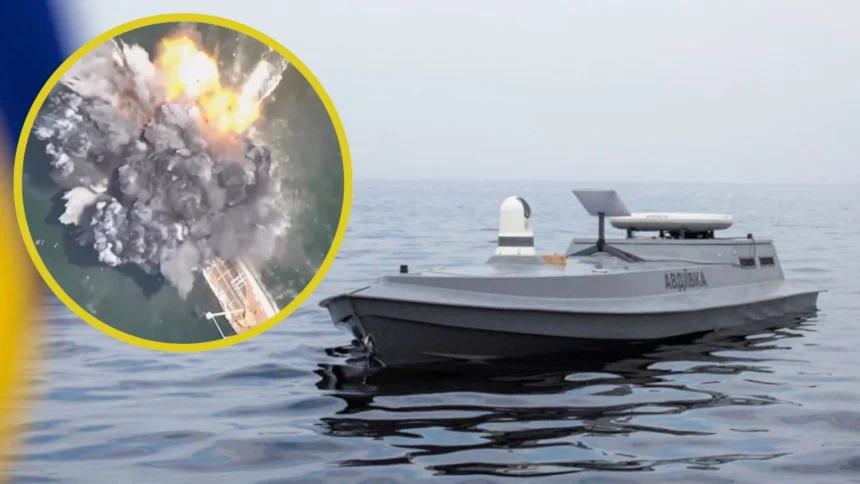The Russian Navy recently conducted large-scale military drills called “July Storm,” involving an impressive fleet of 150 warships. One of the key highlights of the operation was the test of a new kamikaze-style naval drone, which ended in a dramatic explosion – footage of which was proudly shared by Russia’s armed forces.
Held between July 23 and 27, these exercises were reportedly the largest maritime maneuvers by the Russian Federation in recent years. According to the TASS news agency, ships from all Russian naval fleets participated—except for the Black Sea Fleet. Training took place across vast waters, including the Pacific and Arctic Oceans, as well as the Baltic, Barents, and Caspian Seas. Around 15,000 military personnel took part.
A major moment in the drills was the live demonstration of a new unmanned maritime system. The Russian Ministry of Defense released a video showing the drone striking a simulated target in the Baltic Sea, resulting in a massive detonation.
New Kamikaze Naval Drone Unveiled
Besides the kamikaze drone shown in the video, the training exercise also involved FPV drones and as-yet unidentified underwater drones. No official details have been released about their specifications or intended roles.
Footage from the simulated attack suggests that the kamikaze drone carries a substantial explosive payload. Analysts speculate it has similar capabilities to Ukraine’s Magura V5 or Sea Baby drones. According to Russian military commentators, the drone may have a range of up to 300 kilometers. In the final phase of an attack, it likely uses optical guidance—meaning an operator watches a live video feed and manually navigates the drone toward its target with high precision.
Russia’s Push for Naval Drone Expansion
The increasing use of drones by Russia’s navy is widely viewed as a response to lessons learned from the ongoing war in Ukraine. Back in May 2024, Russia officially announced the formation of specialized naval drone regiments. These units are tasked with incorporating various types of drones into maritime operations—handling reconnaissance, direct attacks, and protective roles for larger vessels.
Additionally, a new naval drone production facility has been established in Saint Petersburg at the Kingisepp Machine-Building Plant. It’s believed that the drones tested during “July Storm” were developed at this site, highlighting Russia’s commitment to scaling up its unmanned maritime capabilities.
The drills and demonstrations send a clear signal: Russia is rapidly advancing its naval technology with an eye toward future maritime warfare—where unmanned systems are poised to play a central role.











